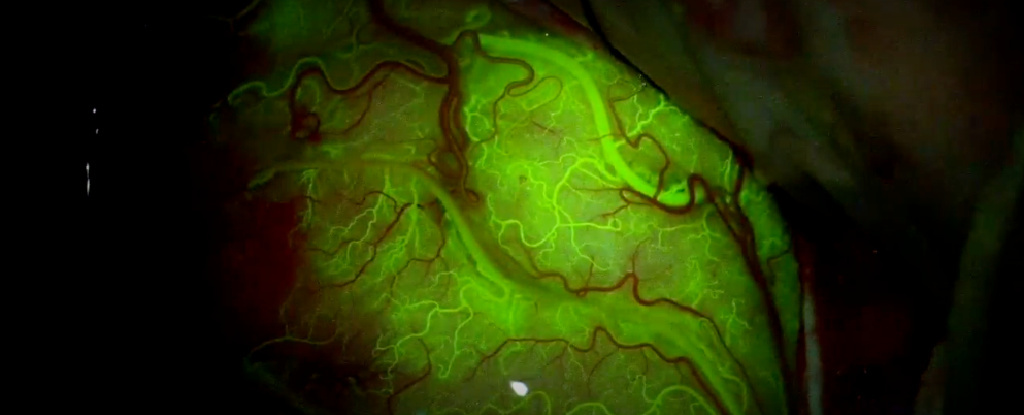The blood-brain barrier is a protective shield that prevents toxins and pathogens from entering the brain. However, it also hinders the effectiveness of drugs designed to help treat brain cancer. For years, scientists have been searching for ways to overcome this barrier and deliver medications to the brain. In 2014, researchers discovered a method of using sound waves to access the brain, and now, a new clinical trial has shown that this technique can be used to deliver chemotherapy drugs to patients with brain cancer.
The Study
The clinical trial involved 17 patients with recurrent glioblastoma, a fast-growing and aggressive form of brain cancer for which there is no cure. During surgery to remove their tumors, an ultrasound device was implanted into their brains. The device released low-intensity pulses of ultrasound every three weeks for two to four months. At the same time, patients received an intravenous injection of microbubbles. When these microbubbles come into contact with ultrasound waves, they begin to vibrate, allowing them to pass through the blood-brain barrier.
The Results
The clinical trial found that the concentration of chemotherapy drugs in the neurological tissue of patients was four to six times higher than what could be achieved without the use of ultrasound technology. The study also showed that the blood-brain barrier becomes leaky for a short period after treatment, allowing medications to enter the brain. However, the barrier quickly restores itself, meaning that drugs need to be circulating in the bloodstream within a short period to have any impact. The two chemotherapy drugs administered in the trial, paclitaxel and carboplatin, are not typically efficient at penetrating the blood-brain barrier, but they are more potent than drugs that can cross into the brain and are therefore used to treat brain cancer.
The ultrasound technology used in the clinical trial is safe and well-tolerated, but patients reported some transient side effects of the procedure, including headache, limb weakness, and blurred vision. The researchers hope that this technique can be used to develop novel drug-based treatments for various brain diseases. This study is a significant step forward in the goal of delivering medications to the brain and could revolutionize the treatment of brain cancer in the future.



Leave a Reply